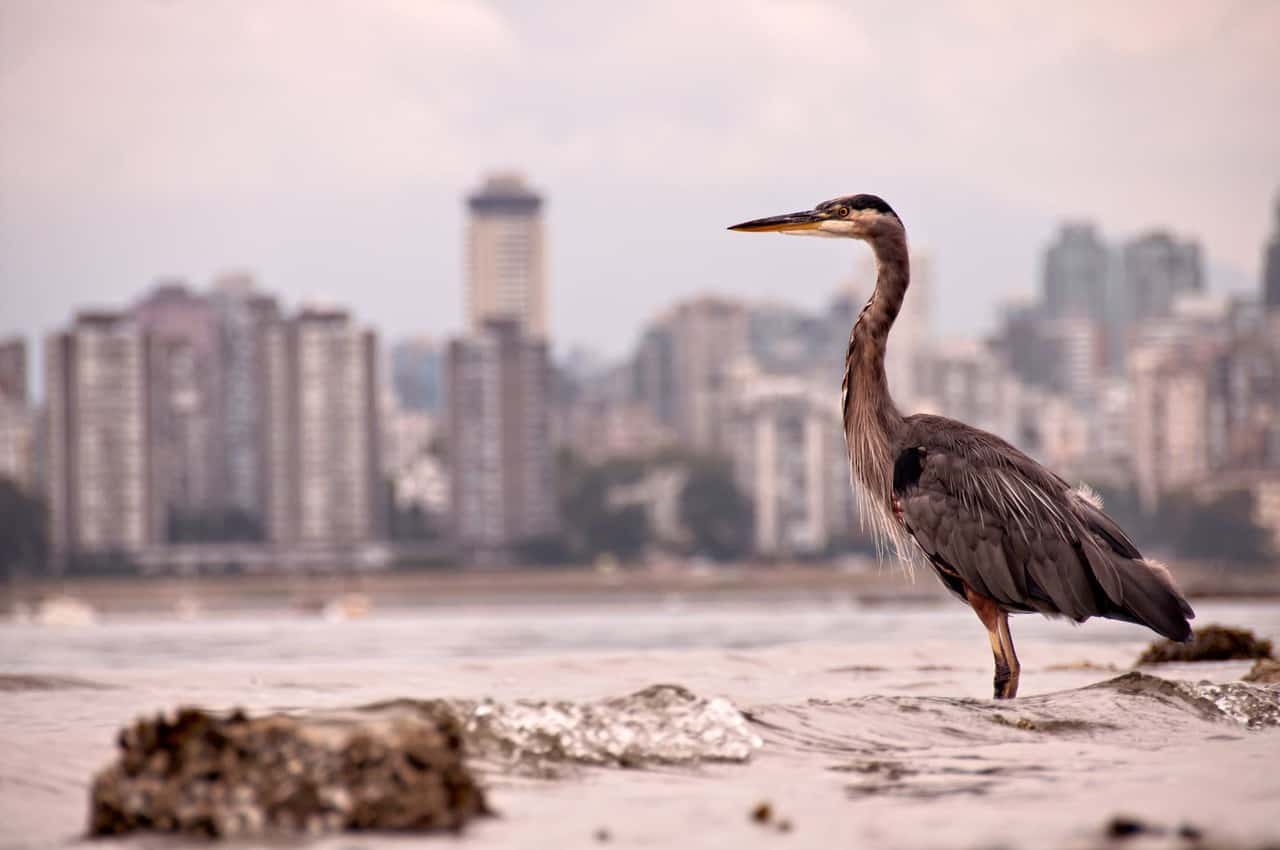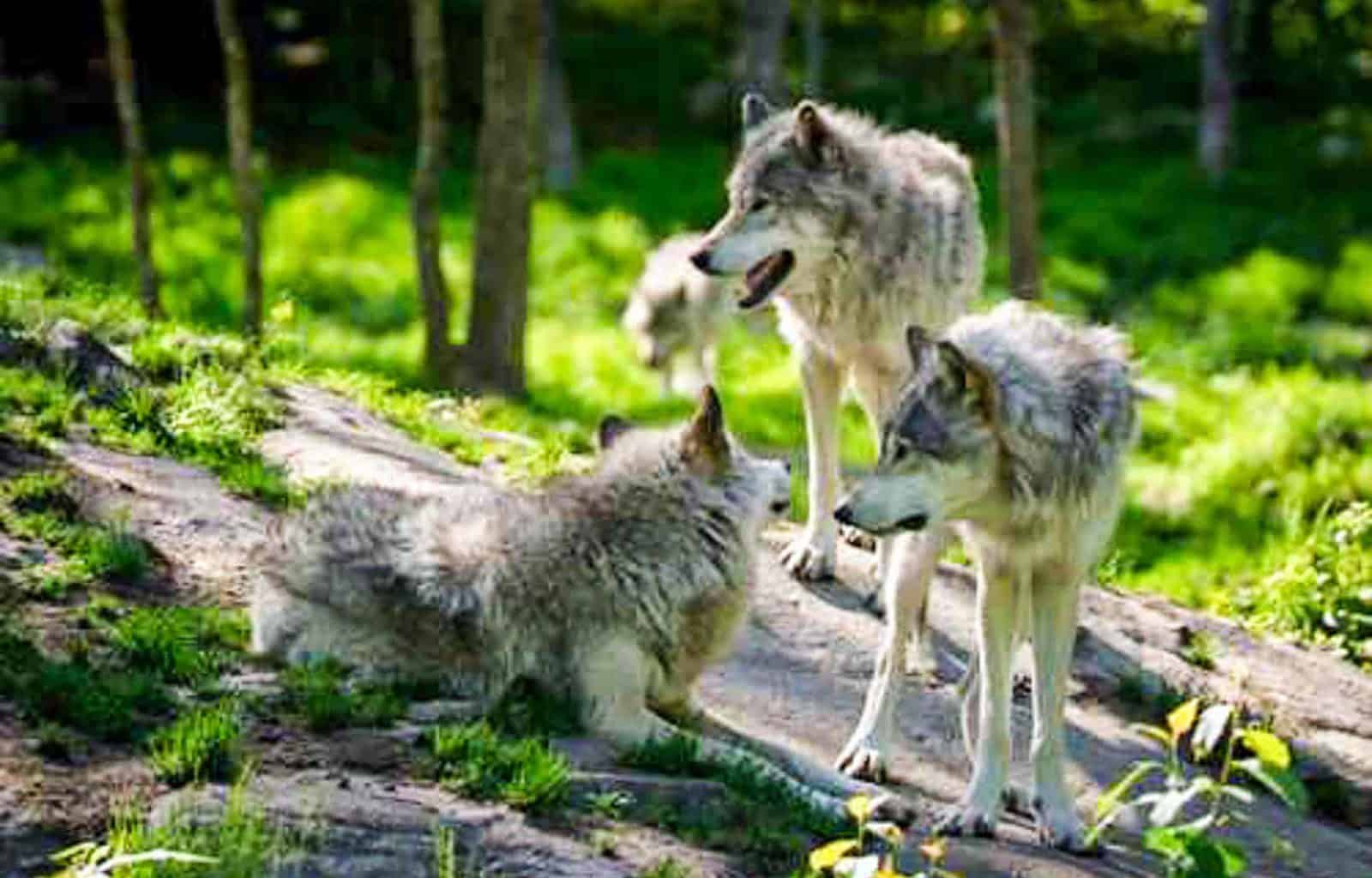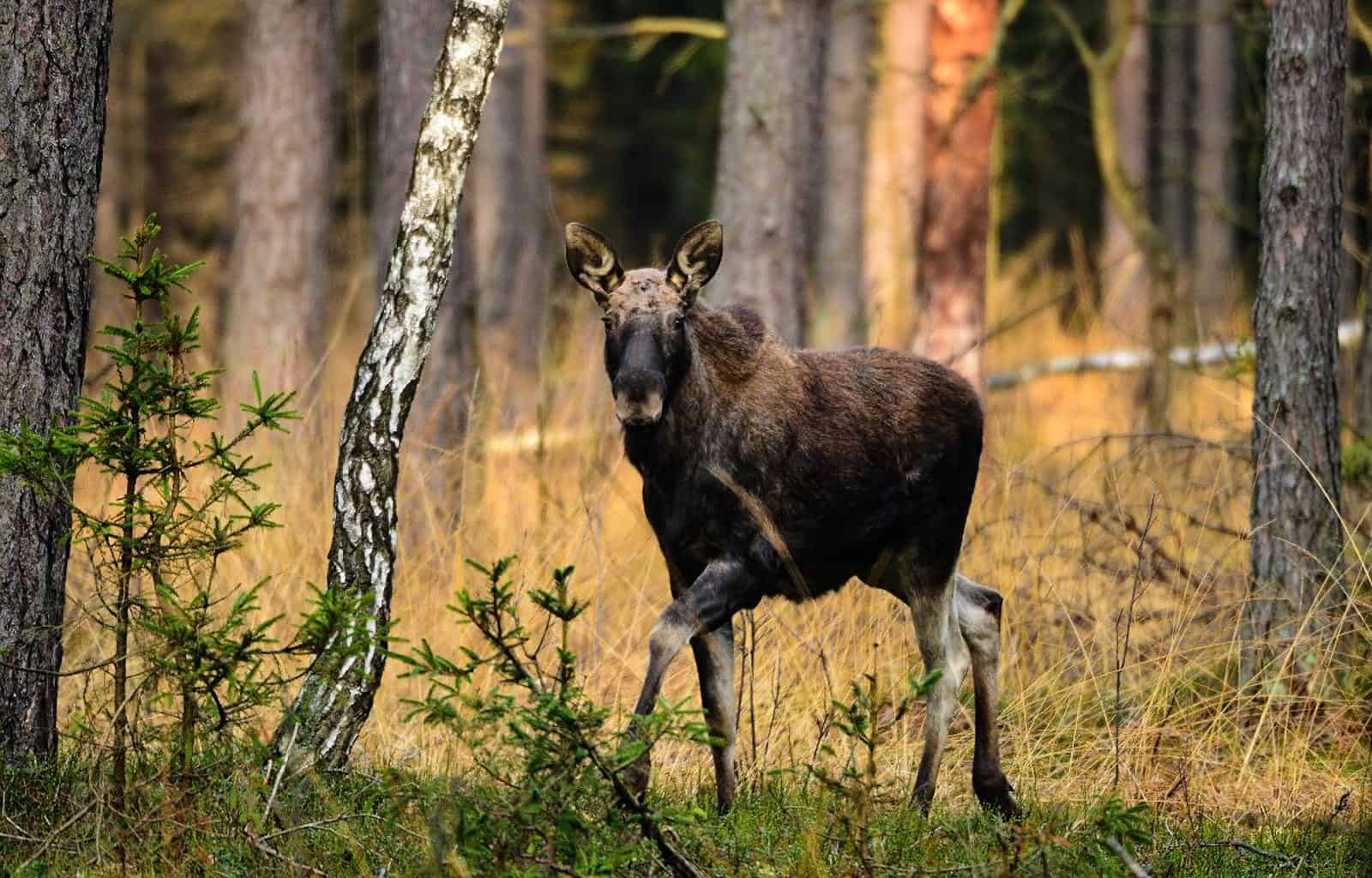Can the moose reclaim Central Europe?
The history of the moose (Alces alces) in Europe is a moved one. The moose is distributed all over the boreal and temperate forest of Northern Europe, Asia and North America in several subspecies. During the Pleistocene, moose lived in most temperate forests of Europe, all the way down south to the Pyrenees and the Balkans. But starting from the middle ages, it was hunted to extinction in much of its original European distribution.
Please also read: Wolves Thrive In Belgium
Retreat to the north
Its only refuges in Europe were the vast woods of the north in Fennoscandia, Russia, the Baltics and Eastern Europe. Nevertheless, the moose population has soared in Fennoscandia within the last decades. There are now 500 000 moose in Fennoscandia and the population is stable enough to hunt 200 000 individuals per year without a decline in these numbers. However, the situation is the opposite in European Russia. Here, the population declined by 50% between 1990 and 2002.
Moose have enchanted humans for centuries
In many other European countries, the moose has come and gone for centuries. Individuals have been spotted in Germany, Slovakia, Austria, Hungary, Romania and Croatia, but a stable population could never establish in either of these countries. The magnificence of this large deer has also sparked several attempts of reintroduction dating back to the 18th centuries. In feudal Europe, moose were transported through Europe as presents amongst rulers. And while some were set free, they could never found a population. More systematic projects have recently been done in Denmark, Scotland, and Slovakia. However, still no stable population has come of out them.
Let nature do its work
But it seems like nature is once again doing a better job than us. In Eastern Poland, a small population of only a few dozen moose has survived after World War II. Since then, the population has soared and spread all over Poland. Some estimations assume that there are now up to 20 000 moose in Poland.
From there, one lonely moose arrived in the Czech Republic in 1957. Until 1980, a relatively stable population of 50 animals could establish. But now, it seems that this population is under threat.
In neighbouring Germany, the situation looks differently. For decades, single moose have wandered into Eastern Germany. Unfortunately, most left again quickly due to a lack of mates. But since 2008, there are signs that a viable population might estbalished in the state of Brandenburg. There are probably around five moose in Brandenburg and the first calf is on its way.
The species is coming. Eventually, we will have a stable population.

The moose will spread – if we accept it
The moose is a gentle giant that neither poses a threat to humans nor causes economic significant damage. Compared to millions of roe and red deer, their numbers will be futile in the foreseeable future. Hence, there is no need to worry about their appetite despite their size. However, they are a serious risk on roads. They can weigh up to 500kg and become up to 2m tall, so traffic accidents including them can cause serious harm. Accidents with moose are common across Fennoscandia, but the risk can be minimalized with appropiate measures.
The moose could become the next large mammal that naturally reclaims part of its old distribution in Europe. The wolf has proven that animals have the potential to spread in our modern world again, if we accept and support them. Moose are adaptable generalists and there are suitable habitats for them all over Central Europe. In a few decades, we might find the original megafauna of Europe in a lot of forests again, including wolves, bears, bisons and moose.









A short rectification regarding the status of the elk in Croatia:
While the IUCN Red list lists it as extant / resident in Croatia, the Red Book of Mammals of Croatia lists it as ‘regionally extinct’ and ‘introduced or spreading introductions from neighbouring countries’.
Apparently there have been not any elk sightings in and around Croatia in a long time, which suggests that it is currently not present in Croatia.
Hi Wolfgnag,
I can also confirm that there is ma in the Lungauer Heimatmuseum of Moose sightings and reports in the region dating back centuries. We will incorporate your comments into a separate posting. Please mail me your picture to include it.
Sehr geehrter Herr Sommer,
eine alpine Unterart des Elchs überdauerte z. B. im Österr. Salzkammergut / Dachsteingebiet bis ins 11. Jhdt.
Ein komplettes Skelett ist im Kurhaus Bad Aussee aufgestellt; zahlreiche Einzelfunde kann man im Privatmuseum Streit/Bad Mitterndorf besichtigen. (Leider akzeptiert dieses System die Einblendung von Fotos nicht).
In “Säugetiere Österreichs / “Grüne Reihe” des BM-Umwelt/Wien hat Frau Dr. Spitzenberger die historische Verbreitung nachgezeichnet. Nach Dr. Kurt Bauer (Naturhistor. Museum Wien) kann man auch Orts- und Geländenamen als Beleg für frühere Elch-Vorkommen interpretieren: keltischer Name für Elch = Prent, brenndt..
(angeblich leitet sich der steirische Name für Sennerin = Brenntlerín, von der Milchbutte aus Elchhaut ab!
Beste Grüße
W. Scherzinger